Hello to all! Time and circumstances are unforgiving. Over the past century, Belarus has lost a large number of architectural monuments. Each region has an architecture that is proud of and remembered. In the park of the city of Gomel, on the territory of the Peter and Paul Cathedral, there are models of forever lost churches. Each of these churches has a rich, but unfortunately not very long history. I will show and briefly talk about each of them.

1. Trinity Church
Trinity Church was built around 1833 on a hill known as Trinity Hill. The church building had two tiers and a high bell tower with the best view of the city. The building, built of stone, was divided into summer and winter premises. The uniqueness is that the church had a dual meaning. The second floor officially belonged to the Church of the Holy Trinity, and the first in honor of St. Zacharias and Elizabeth.

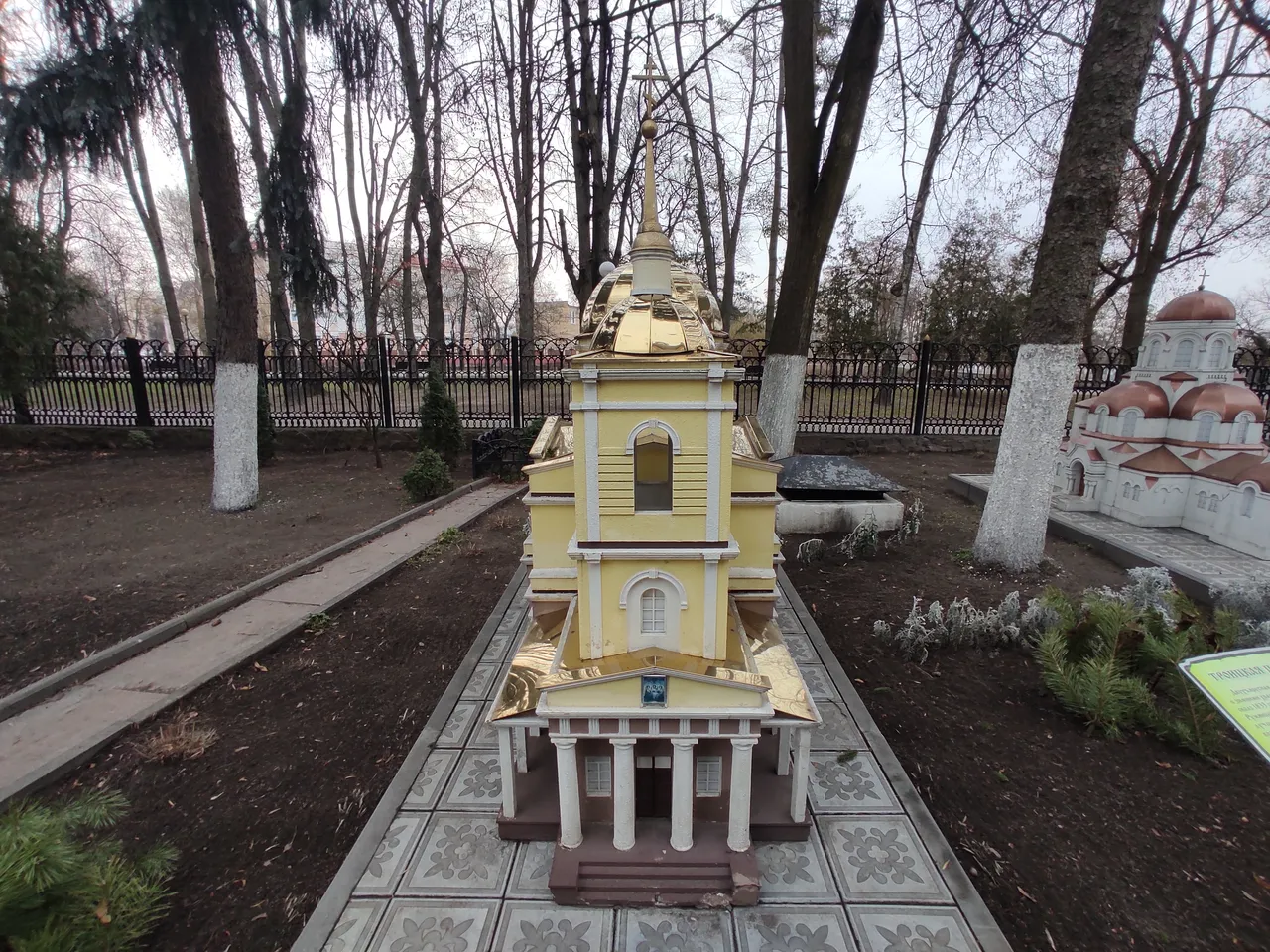
Shortly after the "Reds" came to power, the church was closed and converted into a flying club. After the end of the Second World War, the Trinity Church turned into ruins. They did not restore it, but dismantled it during the construction of the hotel.
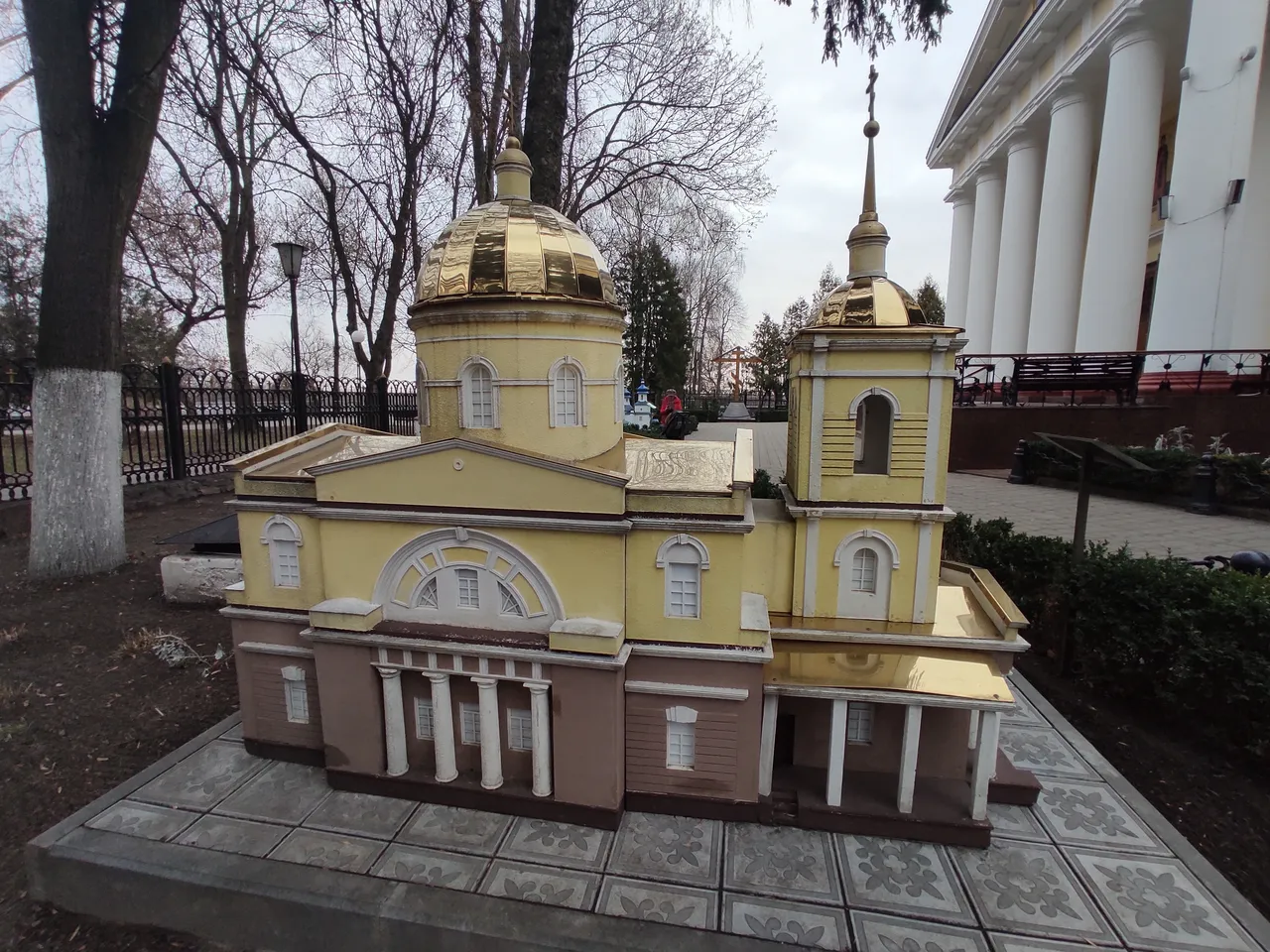
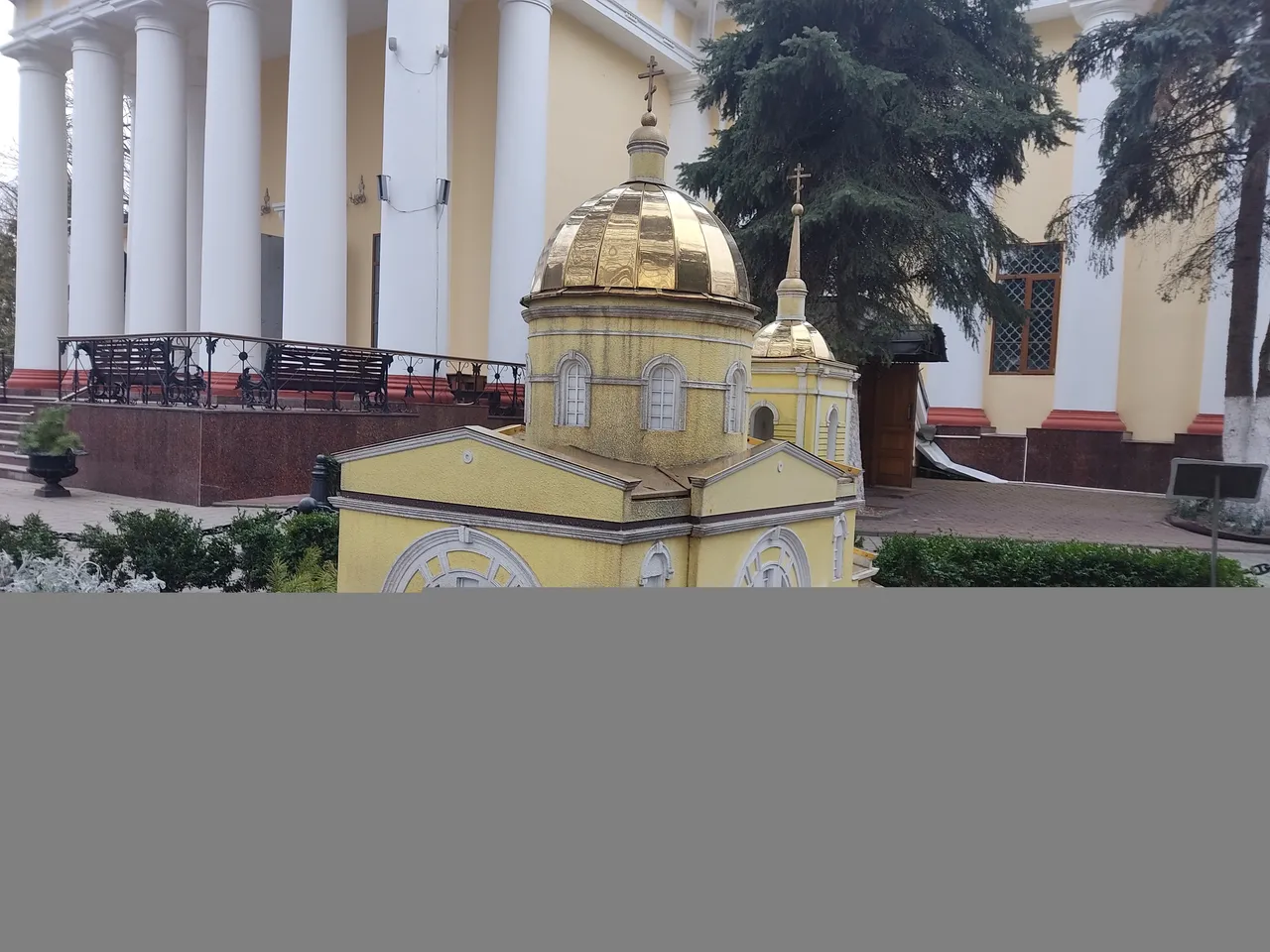
2. Temple of the Transfiguration of the Lord
The Church of the Transfiguration of the Lord or the Church of the Savior is one of the oldest Orthodox churches in the region. The first wooden building dates from the early 1600s. The building was located in close proximity to the Gomel castle, and for this reason it was repeatedly destroyed and restored.
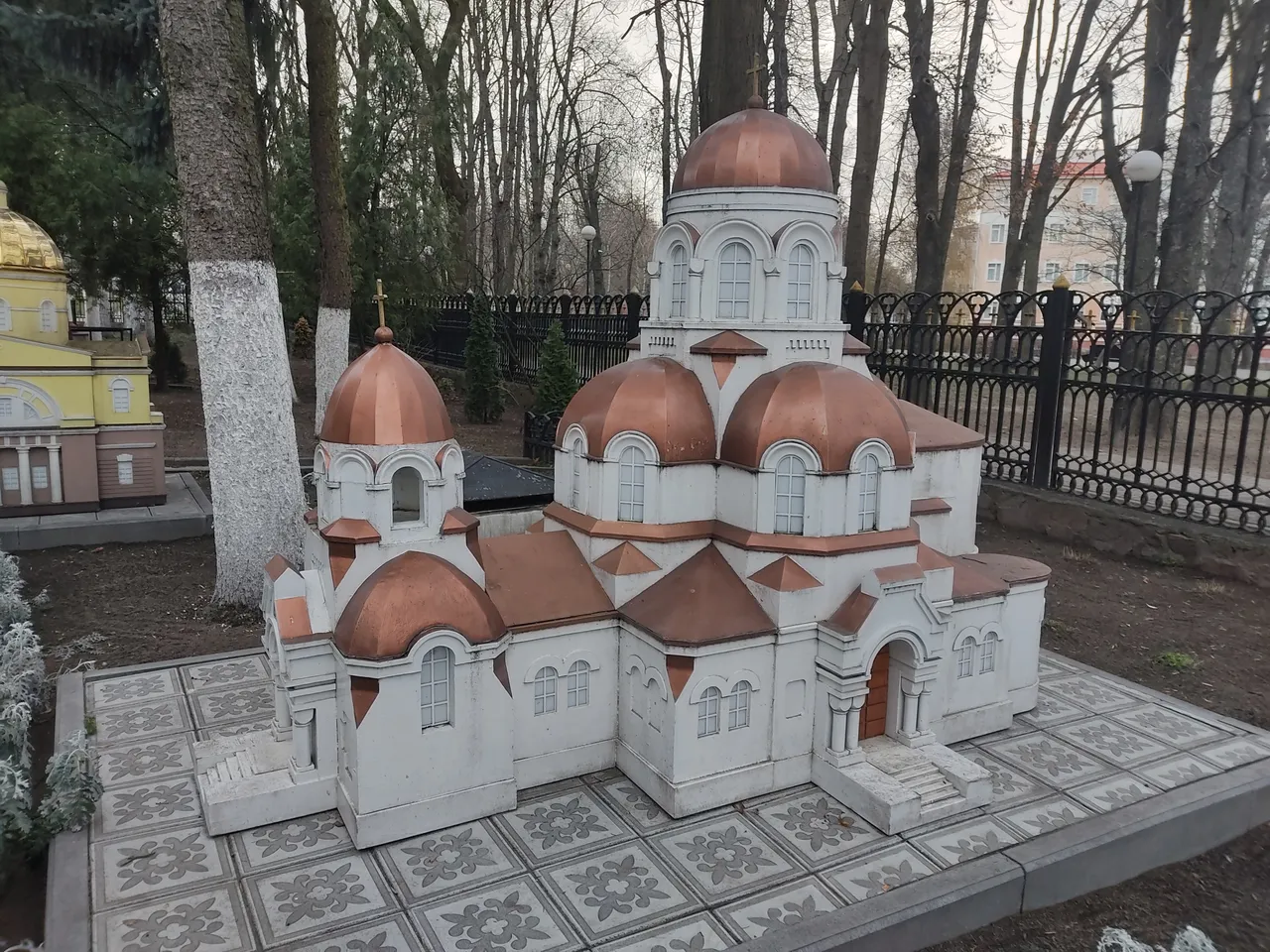
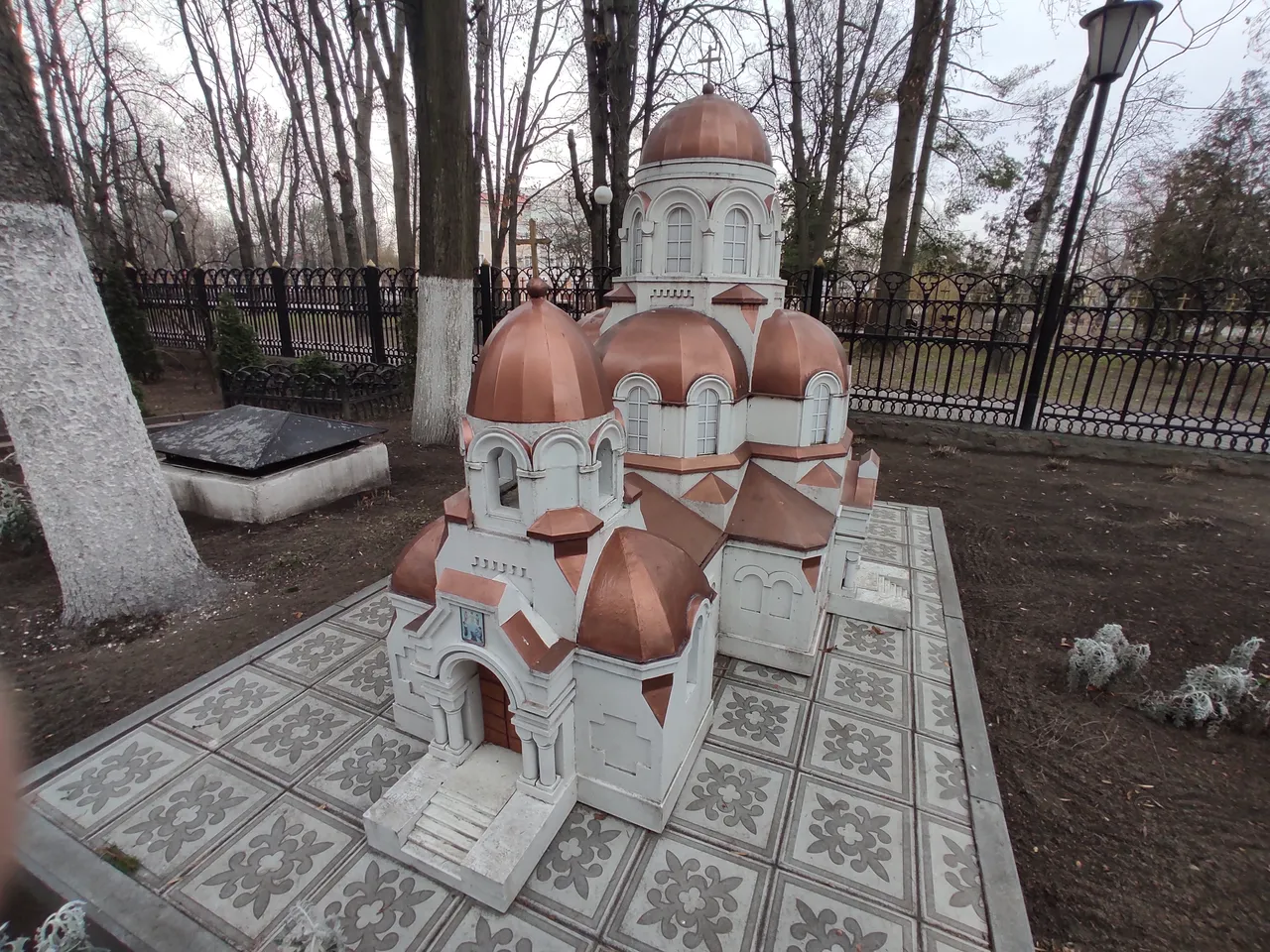
Imagine that the wooden church of the Transfiguration of the Holy Day existed for 300 years. Only in the early 1900s, a massive stone church was built in its place, which you see now in miniature. In 1938, in connection with the Soviet reforms, the Church of the Transfiguration of the Lord was the only functioning Orthodox church. But not for long. The following year, the parish of the Transfiguration Church was liquidated, and the church building was destroyed.
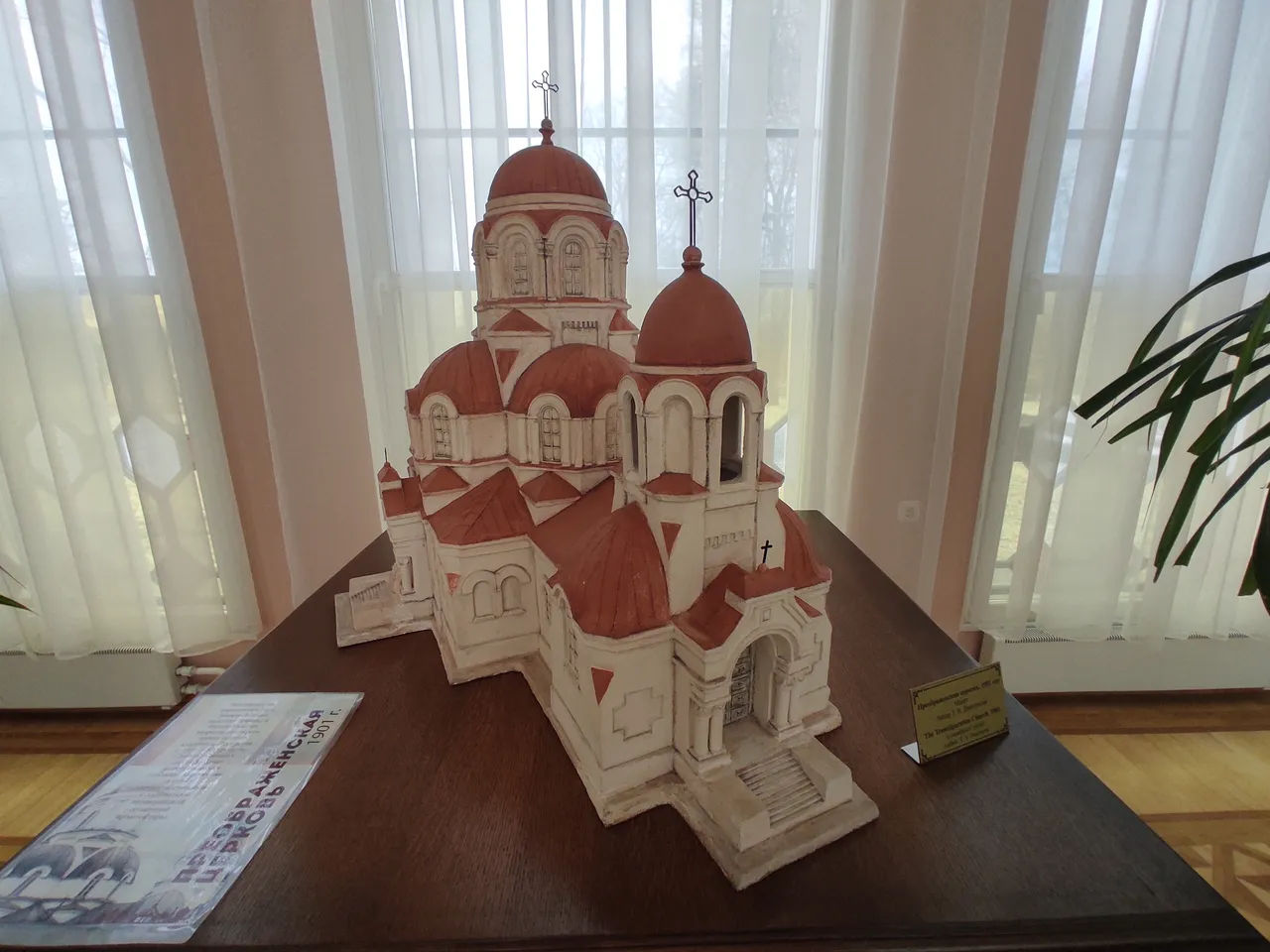
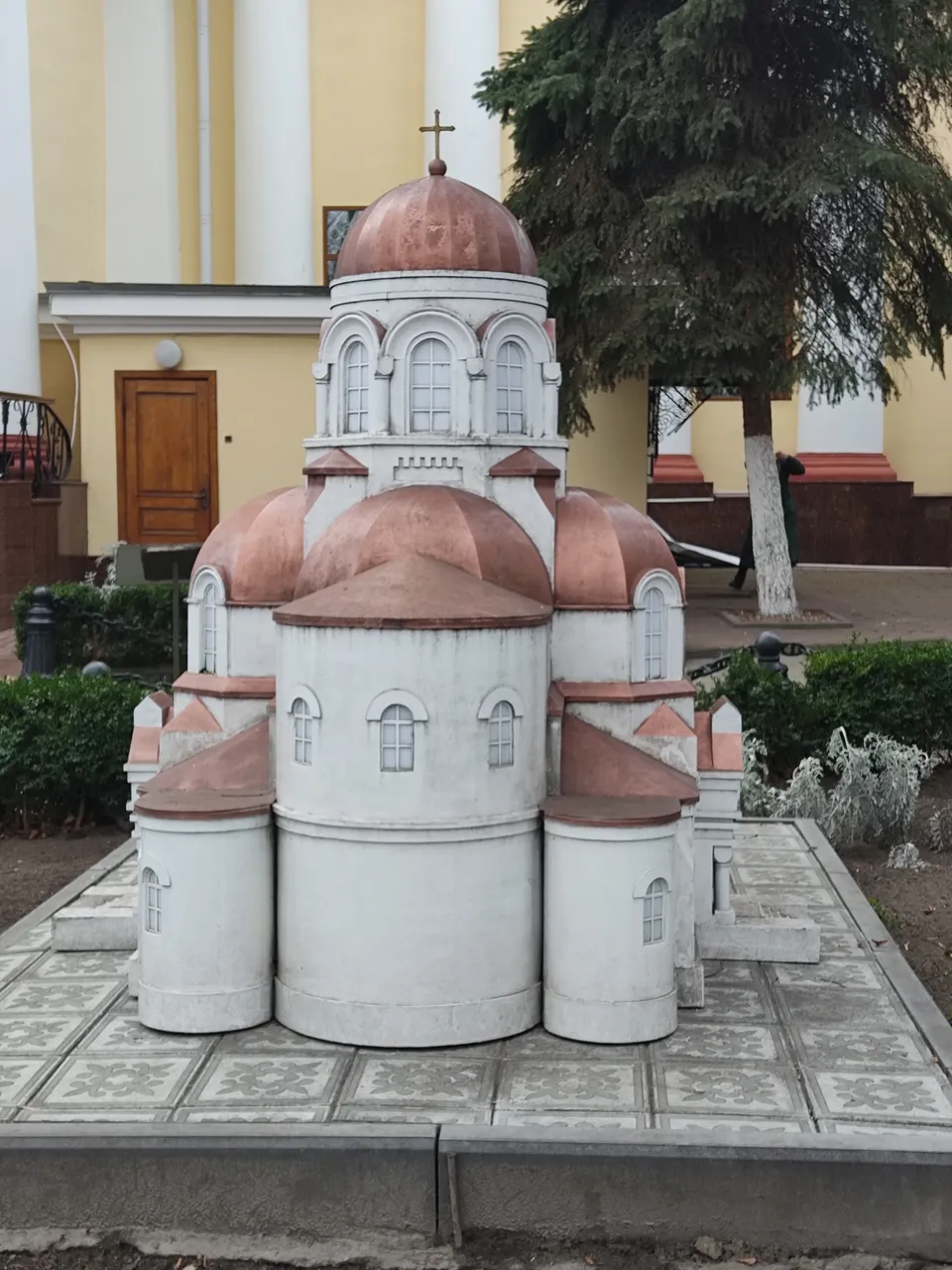
3. St. George's Military Church of the 160th Abkhazian Regiment
St. George's stone military church, built in the early 1900s, was located on a hill among numerous barracks. The building is completely identical to the Church of St. Sophia of Constantinople, that is, it was built according to all the canons of the Byzantine style. Military parades were held in front of the temple in honor of George the Victorious, and its capacity was 600 people.
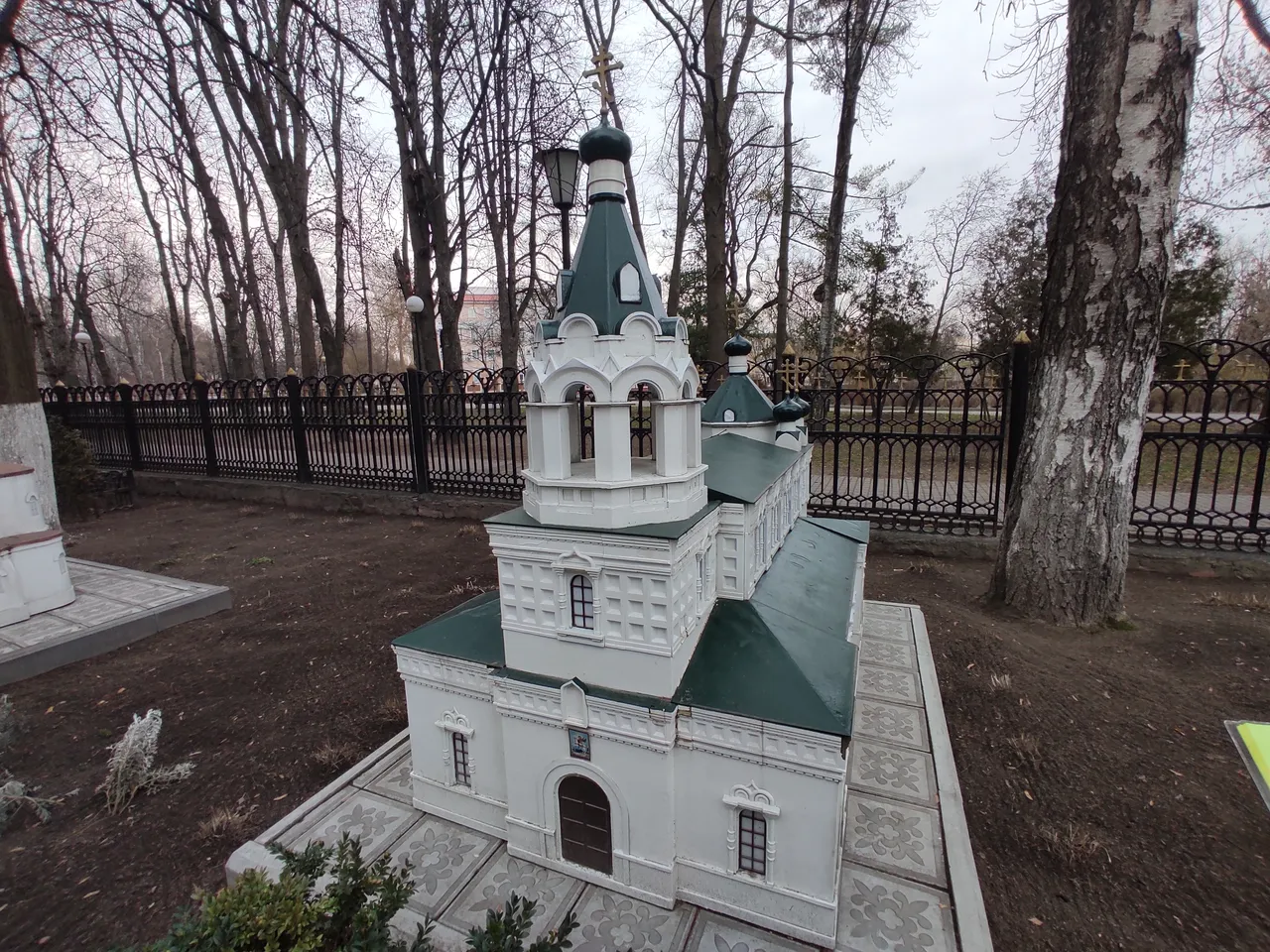

But like many other churches, the Geogievsky temple was repressed. From 1920 to 1941, the church building was refurbished several times. At first it was an industrial exhibition, then a museum and a palace of culture and sports. During the occupation, the Temple was reopened to parishioners. However, after the war, the temple again became the Palace of Culture. It was finally destroyed in the middle of the 20th century.
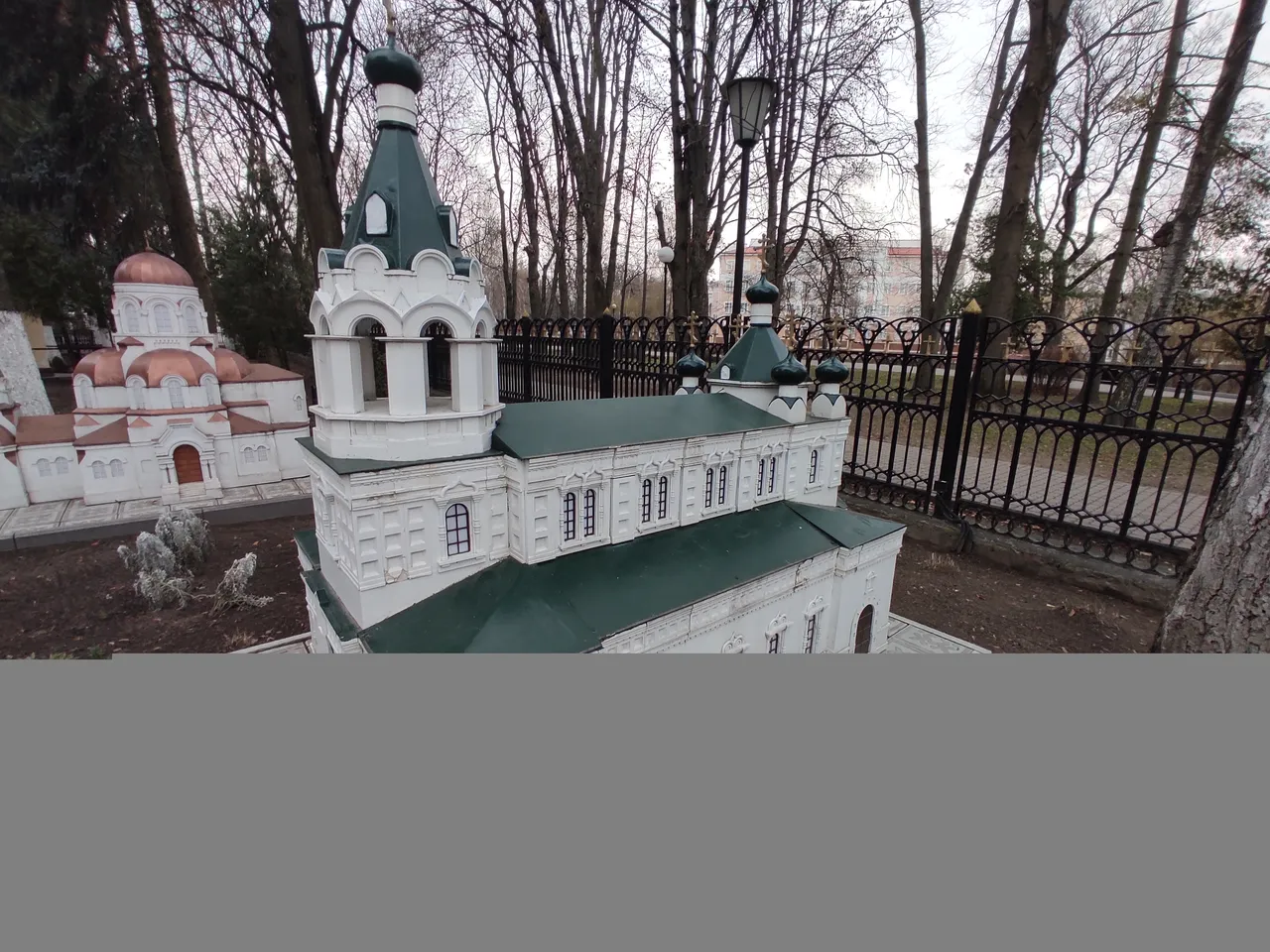
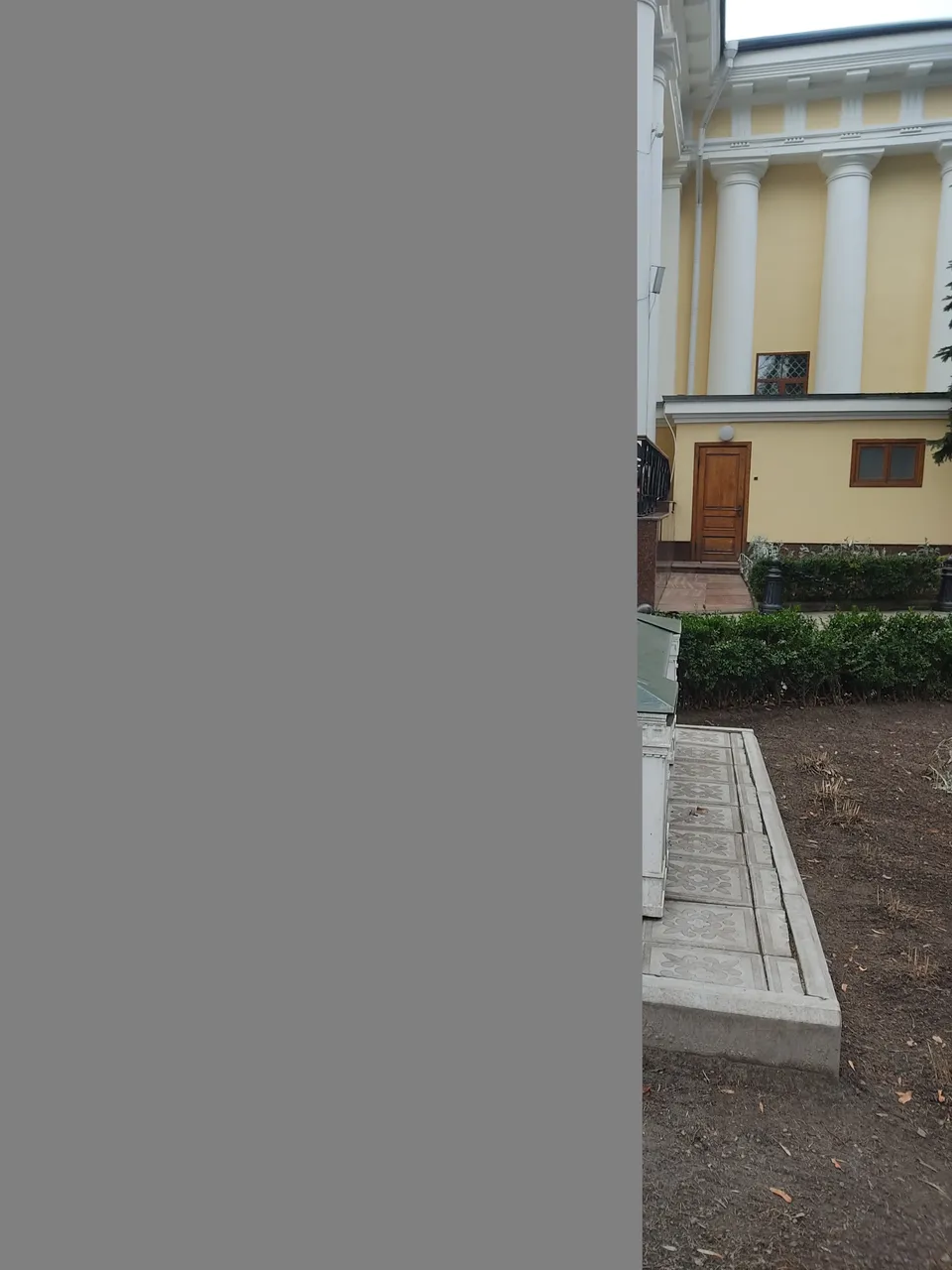
4. Alexander Nevsky Church
The Church in honor of Alexander Nevsky was built in 1850. However, it was not built from scratch, but redone. At this place there was an Old Believer church of the former Pakhomiev Monastery, which was abolished in 1850. Thanks to its design and the heat maintenance system, divine services were held in the Alexander Nevsky Church even in winter. This is rare for that time.
From the official description of the church: "When you cross the threshold of the church for the first time, you involuntarily take a step back, because a vanished world opens before you. You find yourself in the world of the smell of rotten wood, mixed with the smell of incense and wax from burning candles ..."
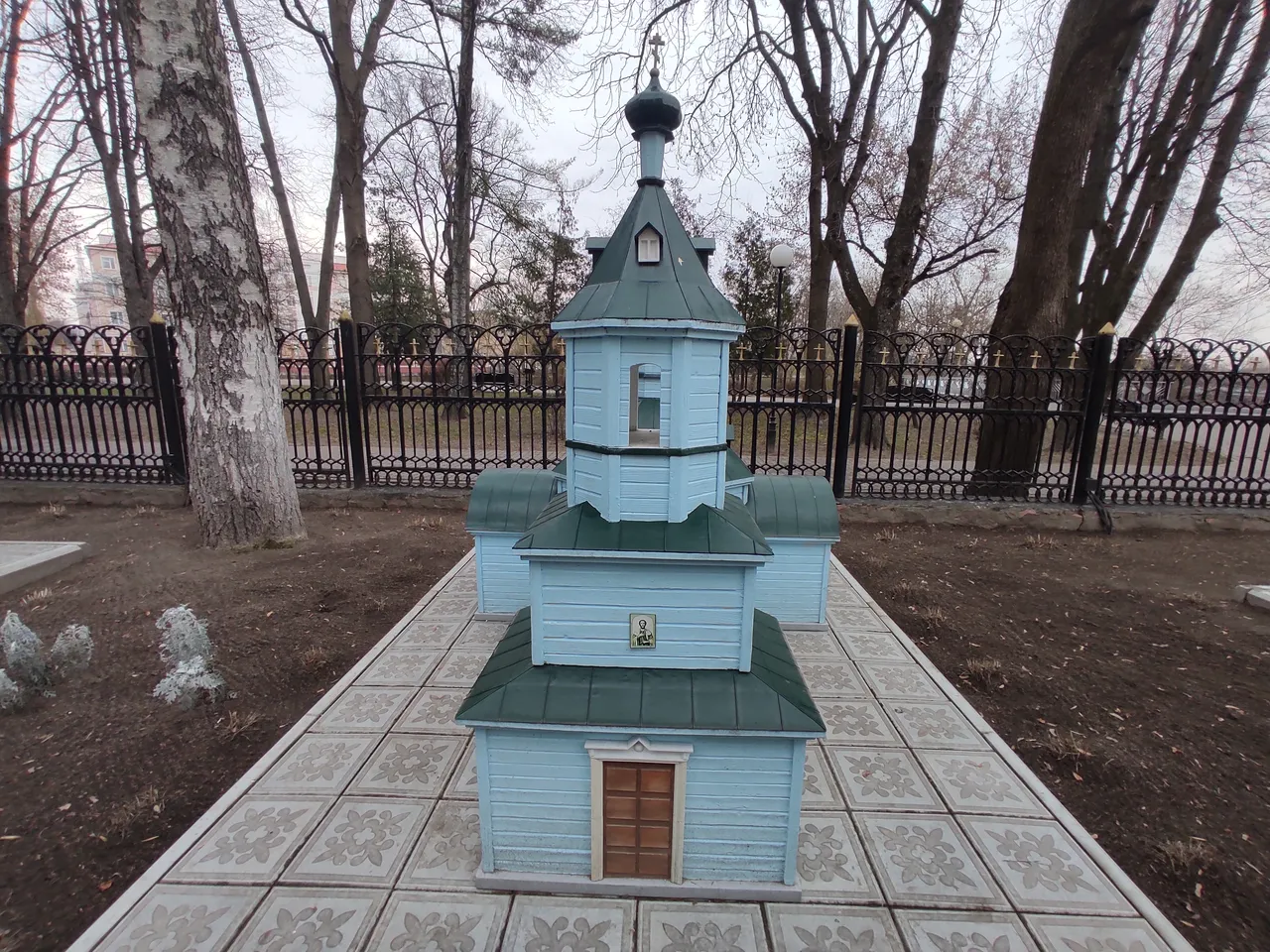
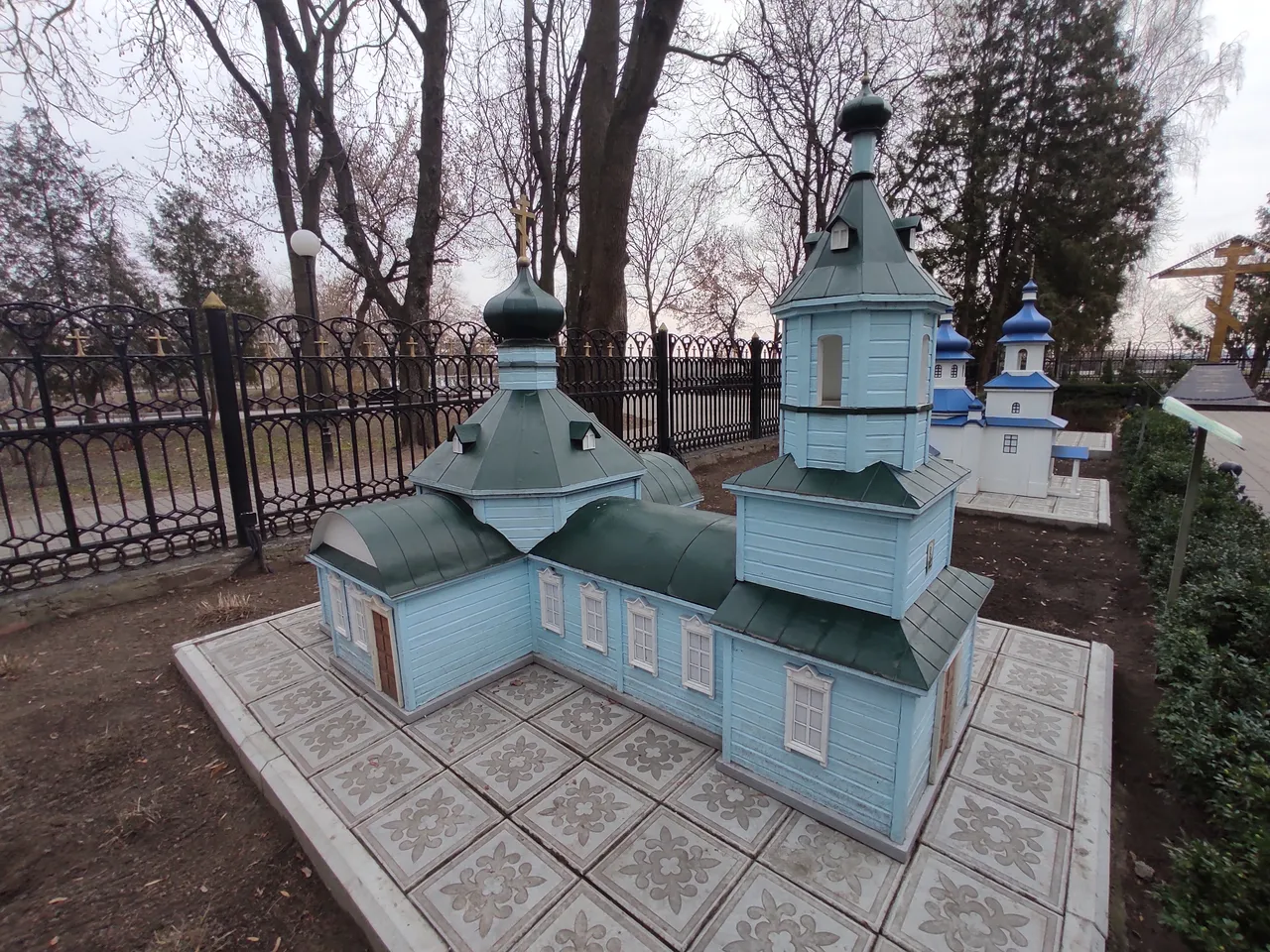
After the communists came to power, the temple was closed and soon turned into a cinema. However, during the war, the building temporarily reopened its doors to parishioners. Alas, in 1949 the Alexander Nevsky Church was destroyed.

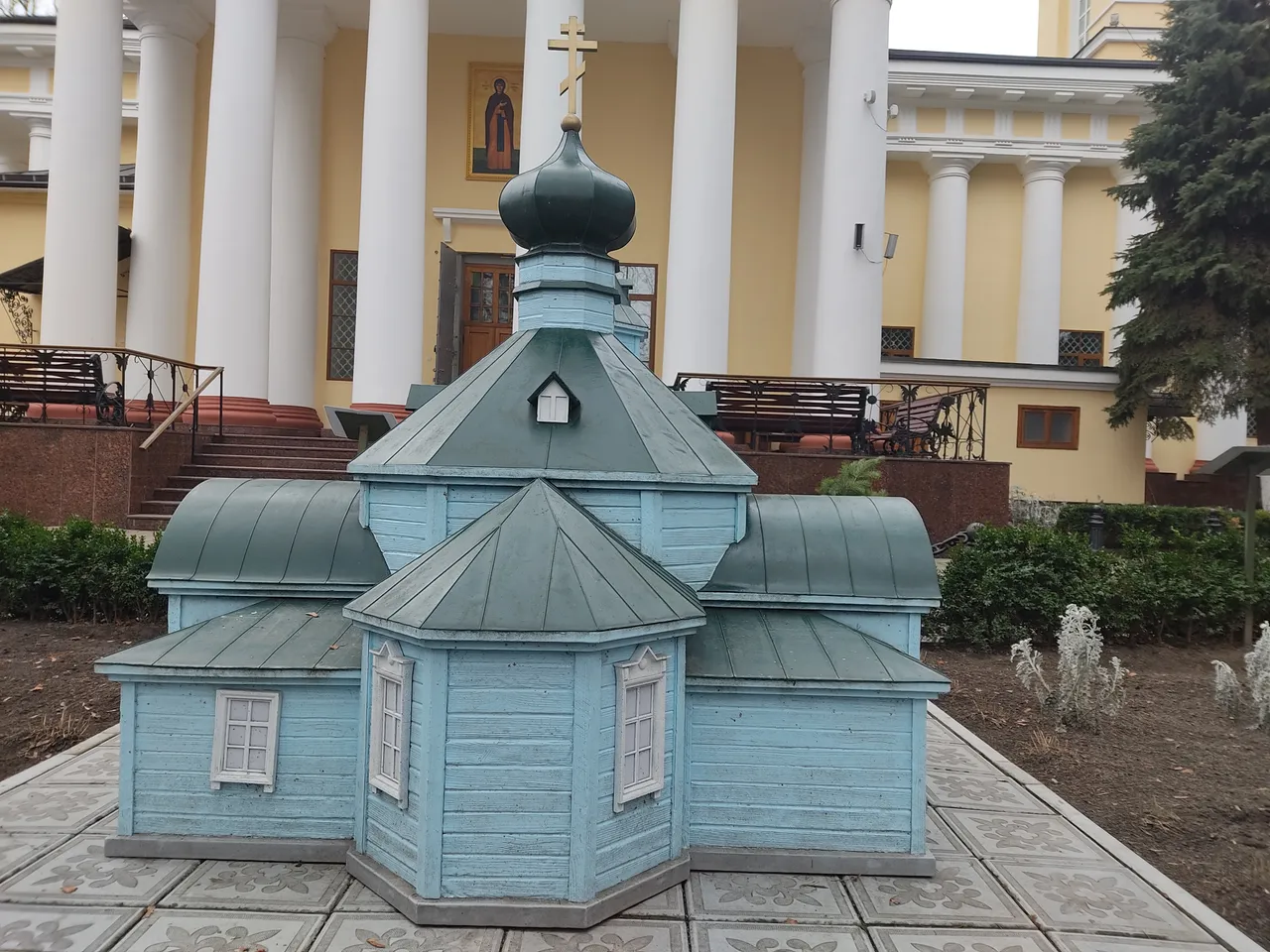
5. Church of the Nativity of the Blessed Virgin Mary
The Church of the Nativity of the Mother of God was built in the late 1800s. I consider it an interesting architectural feature that the dome of the stone church was wooden. Perhaps this was done to save money. After the October Revolution, this church was taken over by the "renovation" movement. These were supporters of the cult of modernization of the Orthodox Church, original reformers. But they did not last long, since this church was also closed.
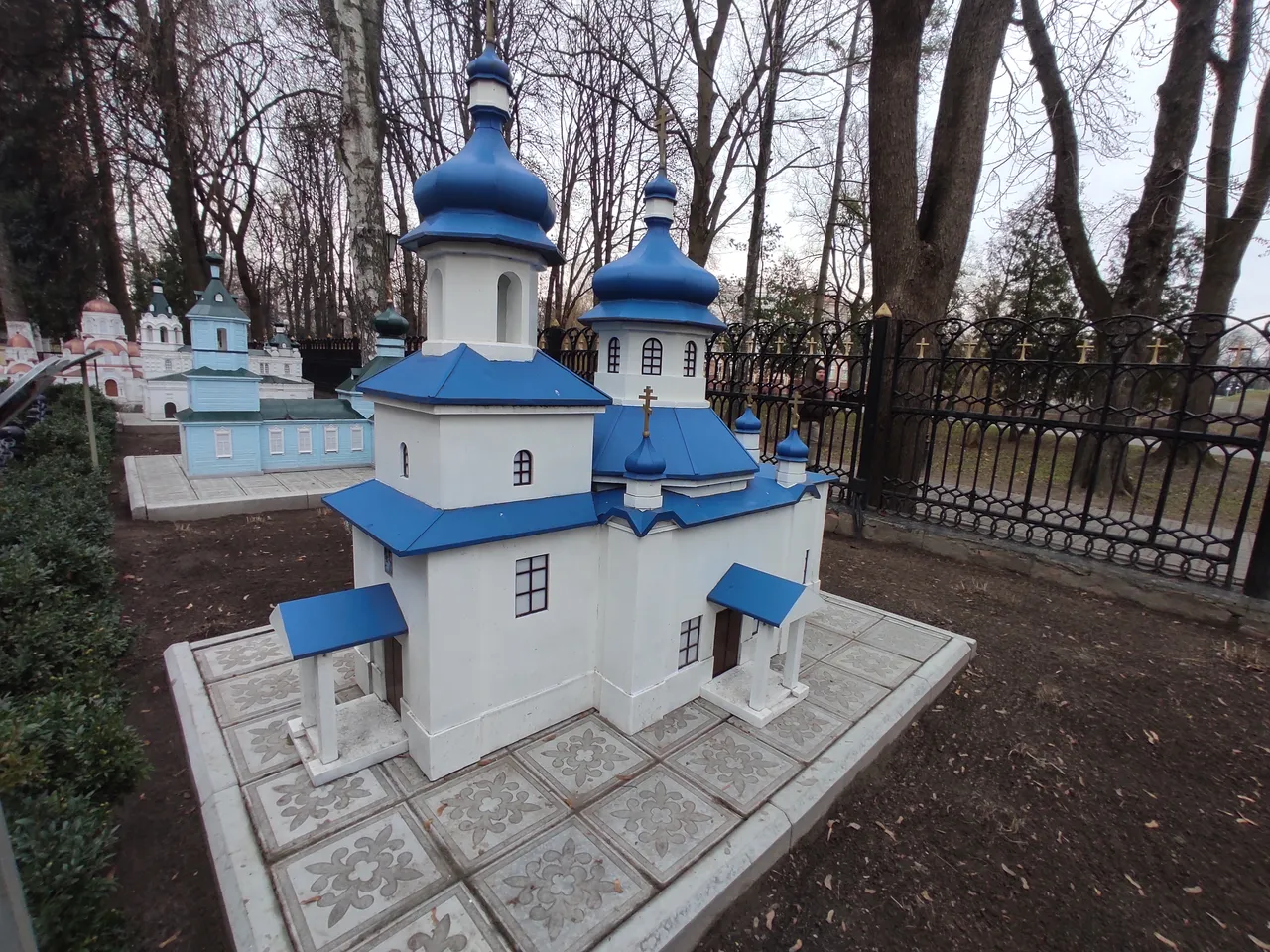
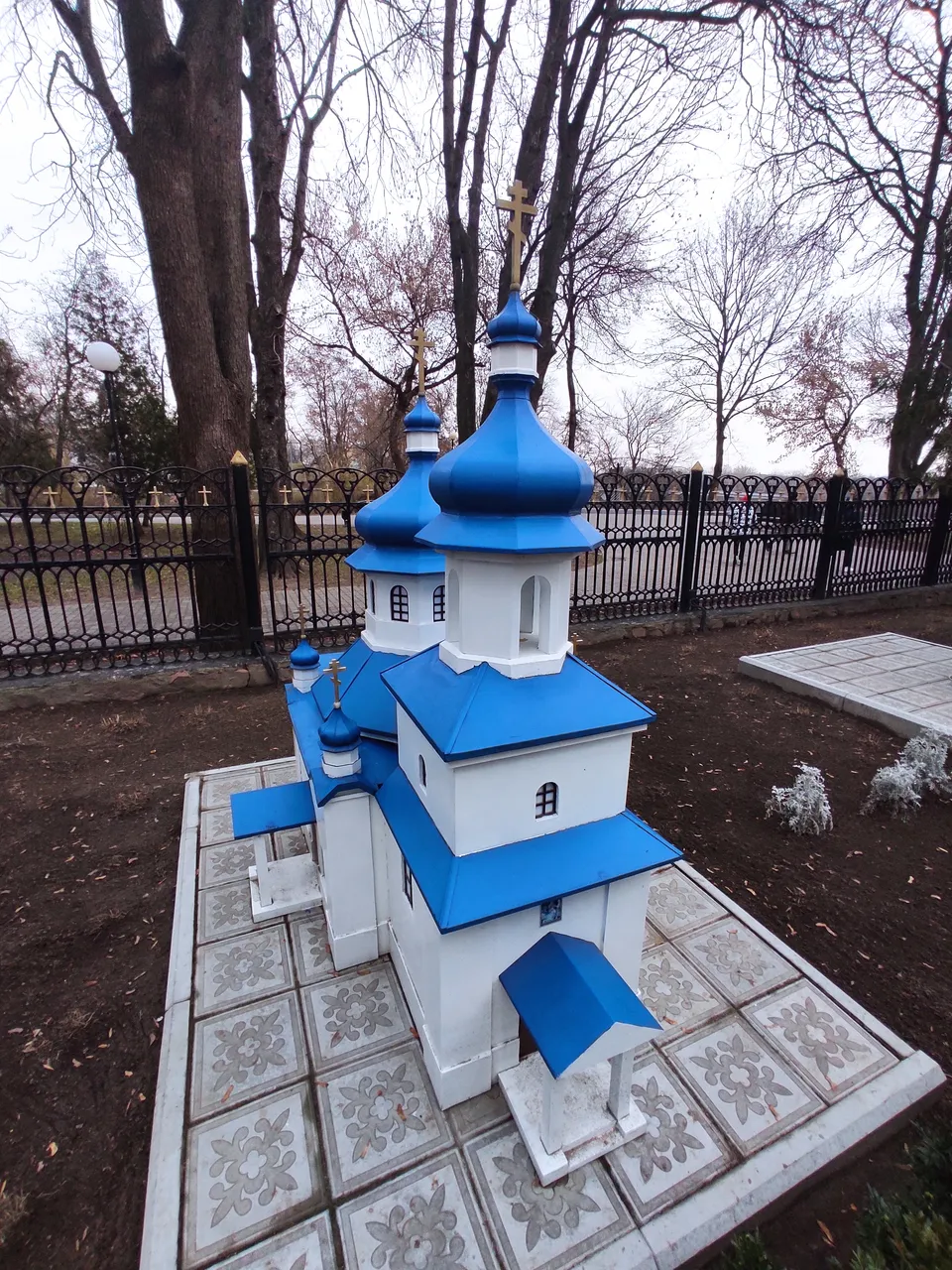
The Soviet authorities in the post-war years used the building of the church as an artistic workshop. In the 1990s, the building was seriously rebuilt and turned into a Catholic Church. That is, formally, the Orthodox Church of the Nativity of the Mother of God no longer exists. But the fact that a Catholic Church was formed on this site, and not ruins, is really impressive.
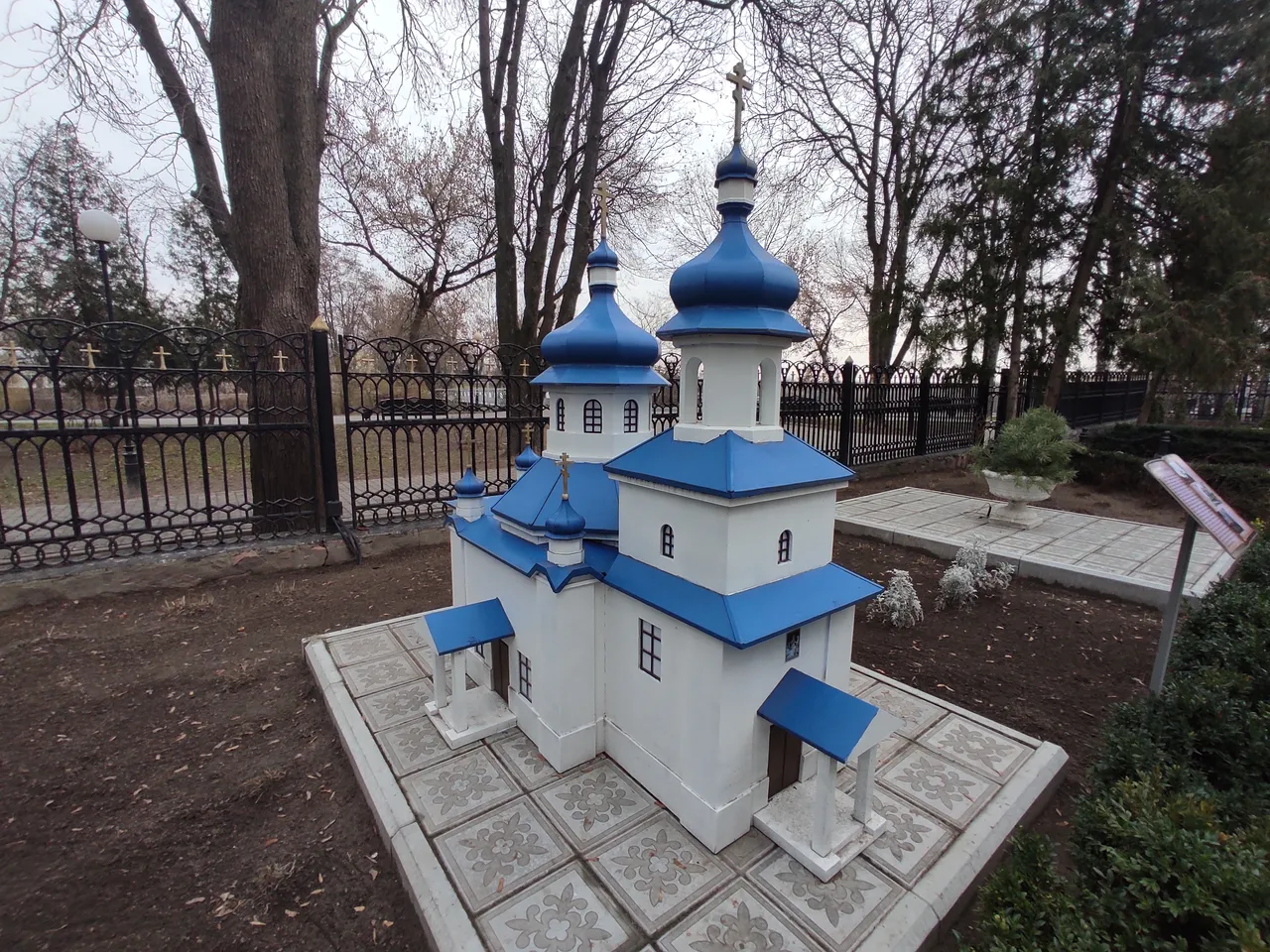
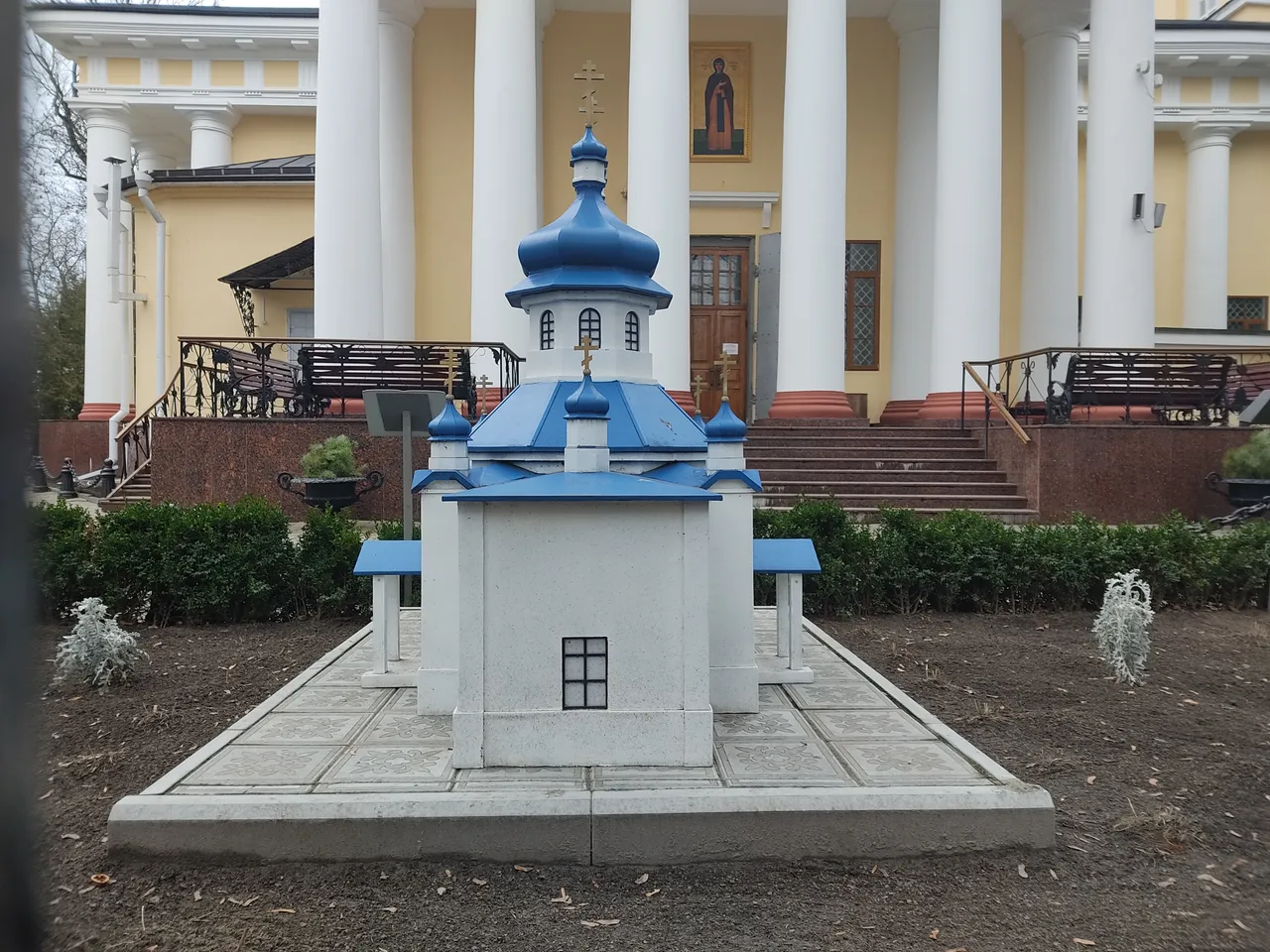
There are many interesting buildings that have been destroyed by time and circumstances. I am glad that there are such initiatives, thanks to which we can see miniature copies of the lost structures. I hope you liked it!
Photo information:
Author: @danny.green
Camera: Xiaomi Redmi Note 9 Pro
Location: Gomel, Belarus
Thanks to everyone who reads and supports. Best regards from @danny.green.